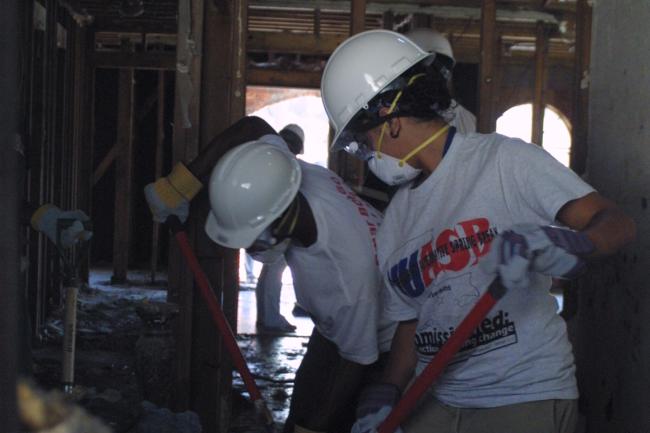At a time when the most powerful nation on Earth seemed paralyzed to help its own citizens, Howard University students sprang into organized action.
This year marks the 20th anniversary of Hurricane Katrina, a mammoth Category 5 storm that slammed into New Orleans from the Gulf of Mexico in 2005 with 125 mph winds. It was a once-in-a-lifetime worst-case scenario. New Orleans’ positioning near the Louisiana bayou on the banks of Lake Pontchartrain and the Mississippi River Gulf Outlet made it prone to flooding, so the U.S. Army Corps of Engineers erected levees to protect the city and surrounding areas. More than 50 levees broke, causing devastating floods in the city’s urban areas. In fact, there are many people who believe that the levees protecting the poorest neighborhoods were detonated on purpose to redirect floodwater flow away from the higher income and commercial areas like the French Quarter.
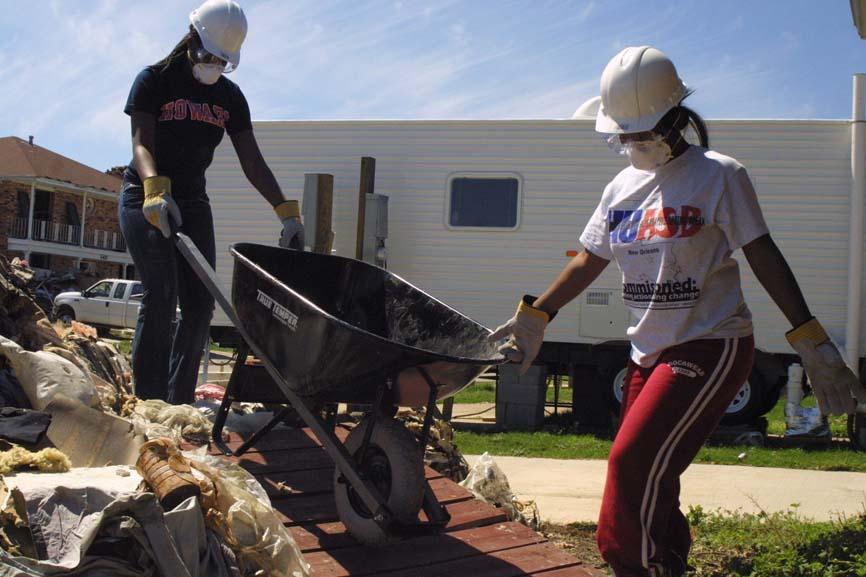
The storm caused enormous property damage, left thousands of people without power, and made most routes into New Orleans impassable. Countless residents had to abandon their homes and seek refuge in the Superdome stadium, the Ernest Morial Convention Center, local hotels, and anywhere else not in the flood zone. Hundreds drowned or died from other causes related to the hurricane. There was a lack of water and food, and people lived for long stretches of time without working bathrooms in inhumane conditions right in the middle of one of the nation’s largest and most well-known cities.
For days, the nation seemed to be in paralysis while stranded survivors begged for assistance. While the world watched in horror, the Federal Emergency Management Agency (FEMA), the taxpayer-funded official government agency responsible for disaster relief, proved to be shockingly ineffective. At one point, government officials were oblivious to the thousands of people holed up in the Convention Center, even denying on national television that anyone was there at all. Even highly regarded nonprofit organizations seemed unable to get to the city and provide help.
Six months after Hurricane Katrina’s devastating impact, 250 Howard University students ignored FEMA officials and boarded buses headed to the disaster zone. Instead of partaking in traditional Spring Break activities, Howard students took part in the Howard University Alternative Spring Break (HUASB), a student-led initiative coordinated by the Office of the Dean of the Chapel, to assist in relief efforts for Katrina survivors. The action of the Howard students garnered worldwide support and opened the doors for other colleges to also go to New Orleans and volunteer.
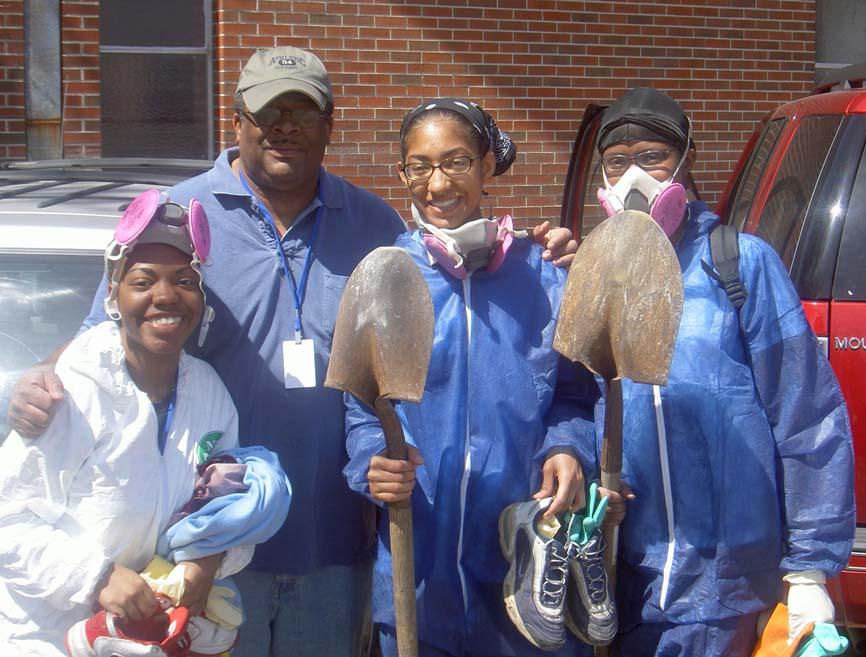
“I, along with many of the students, talked about how difficult the experience had been to come back and to see such devastation and be so aware of how fleeting life can be and how quickly our possessions can be taken away,” said Rev. Bernard L. Richardson, Ph.D. (B.A. ’75), dean of the Andrew Rankin Memorial Chapel, after the HUASB trip in 2006. “There was this sense that we had to do something as members of the Howard community. We truly had an obligation to help those who were devastated by Katrina and by neglect.”
"Katrina: A Break in the Storm," a short documentary produced by Howard University's WHUT-TV in tandem with the Office of University Communications in 2006.
‘A Break in the Storm’
The 2006 HUASB service trip to New Orleans following the aftermath of Hurricane Katrina was documented in “Katrina: A Break in the Storm,” a short documentary created by Howard’s WHUT-TV. The documentary, which won a Telly award and received an Emmy nomination, recounts stories of students who participated in the Howard-led Katrina relief initiative and tells the story of some of the forgotten survivors who were rebuilding their lives in the aftermath of the hurricane’s devastation. It wasn’t the first time Howard students left campus to help those in need around the country, but it would become one of the most significant.
“I knew that this was my opportunity to get outside of myself and help someone else,” said Ty Axson (B.A. ‘09) in the documentary. “There are so many people, African Americans and minorities, who need help, who don't have help, and who won't be helped until people like us decide to go and help them.” Axson took part in the Katrina service-learning trip as a freshman.
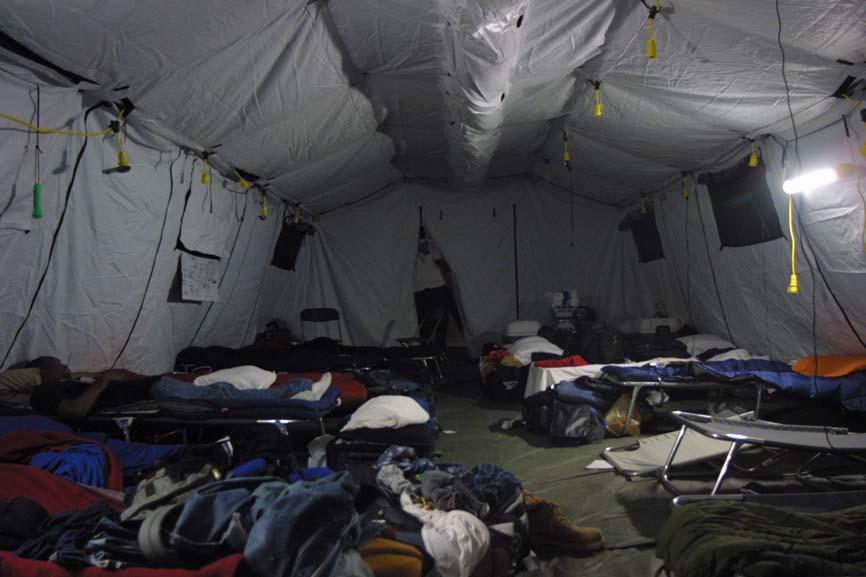
When they arrived in New Orleans, students were shocked at the war zone-like city they found. Many of the students were initially designated to help in the St. Bernard Parish, an area bordering New Orleans, but quickly realized that the most urgent need was not there. They decided on their own to relocate to New Orleans’ Ninth Ward, one of the most under-resourced areas and arguably the most heavily damaged part of the city following the hurricane.
In the Louisiana heat and humidity, students slept in the same type of tents displaced residents were living in and got to work helping to gut and repair damaged homes with Habitat for Humanity. Other Howard volunteers provided assistance at a local school that was established for displaced children. Volunteers wore hazmat suits, protective boots, goggles, respirator masks, and hard hats to protect themselves from rampant mold and other dangerous elements. Despite the conditions, students took it in stride while getting to know the residents they were helping.
“I remember in one instance a homeowner came, and she began to explain to us what the meaning and value was to some of the things that we were tearing out,” Axson said in the documentary. "We were literally taking the life out of her home and throwing it on the side of the street. She began to tell us how hard she worked for this and how important it was to the community. The passion to work harder became stronger. I had to help this lady because there was no one else there to help her … we were all that they had.”
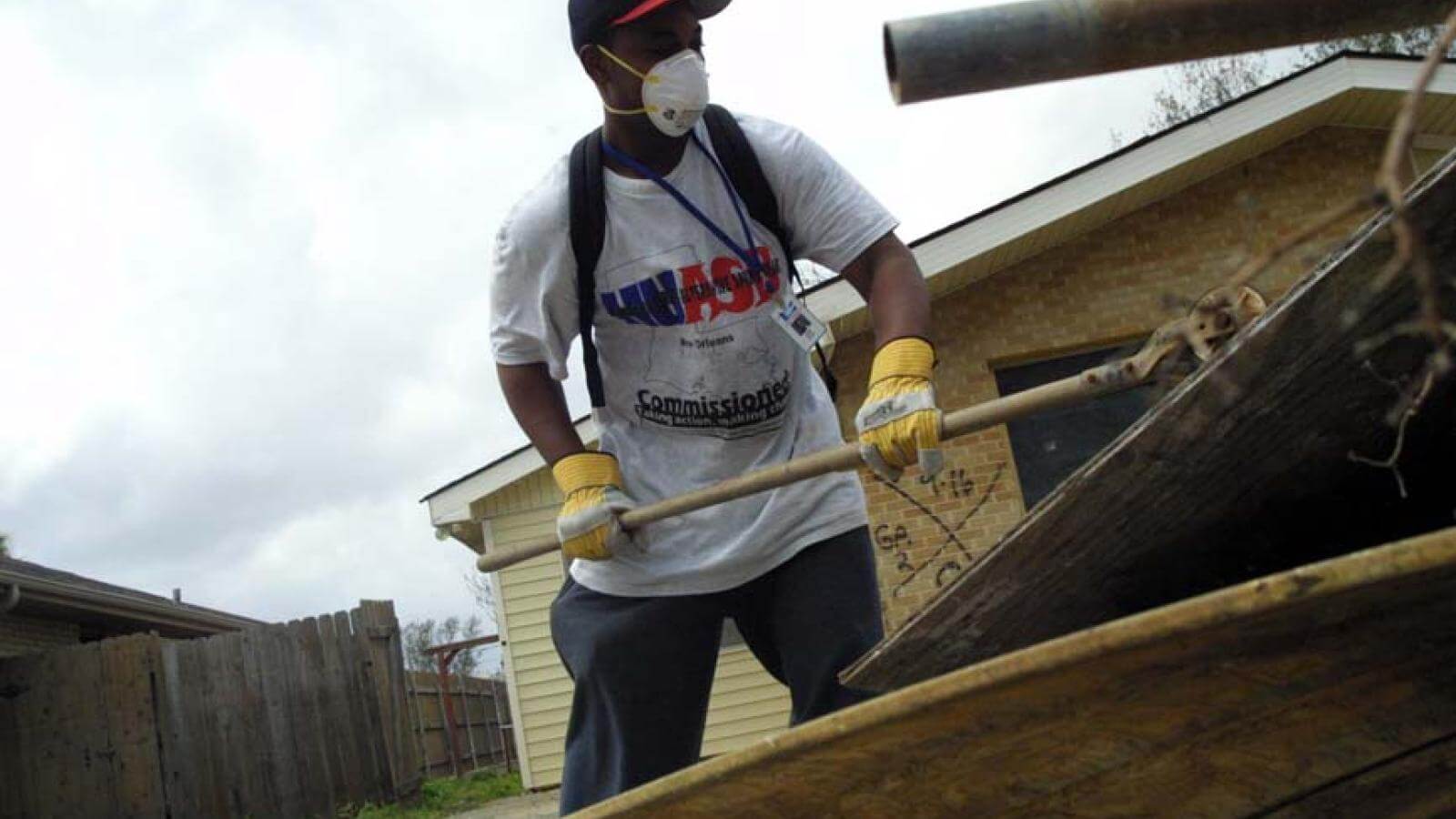
A Howard student helps a neighborhood dig out after Katrina in New Orleans.
HUASB Hurricane Katrina in 2006
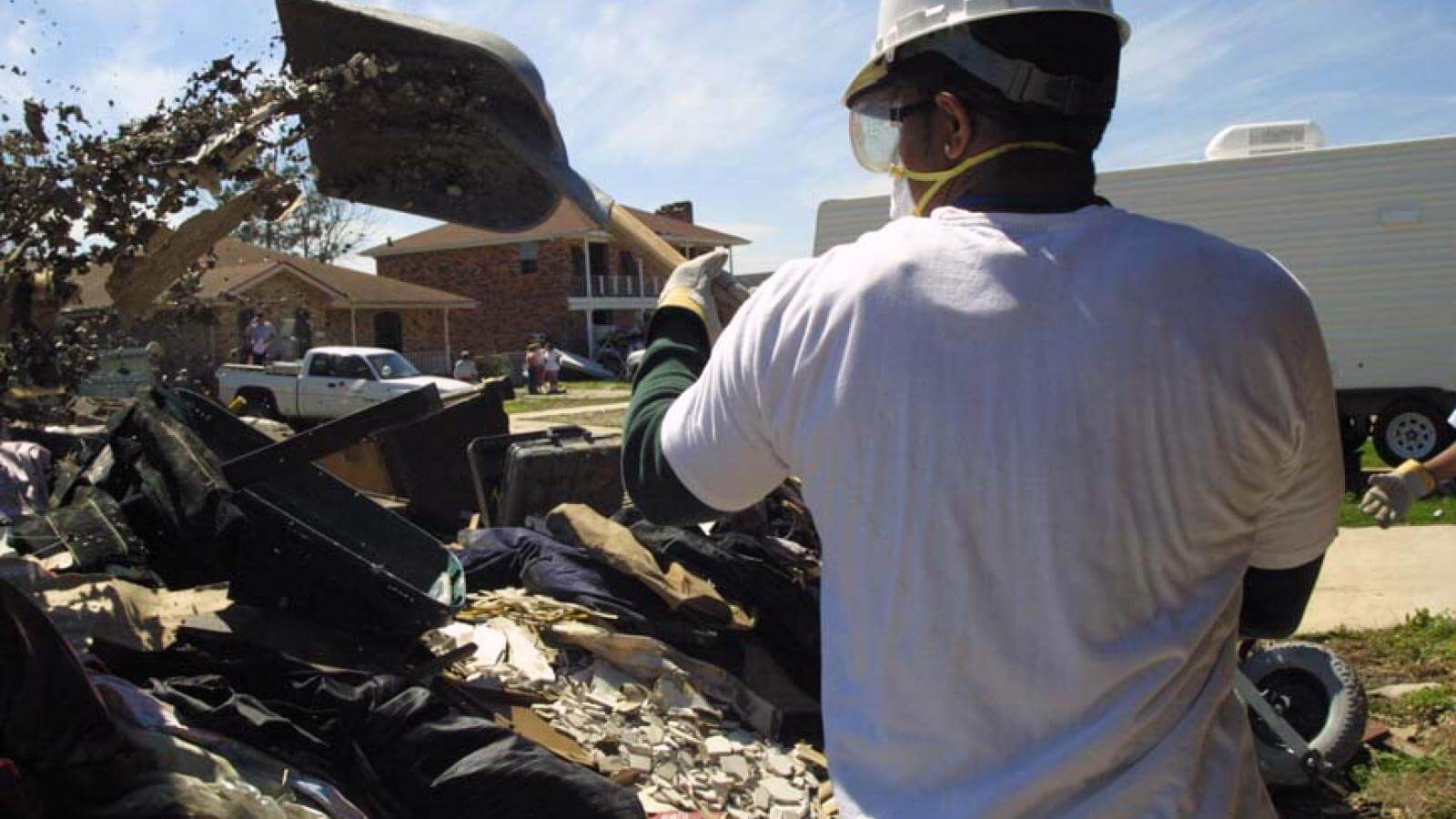
Howard students help clean up a neighborhood after Hurricane Katrina.
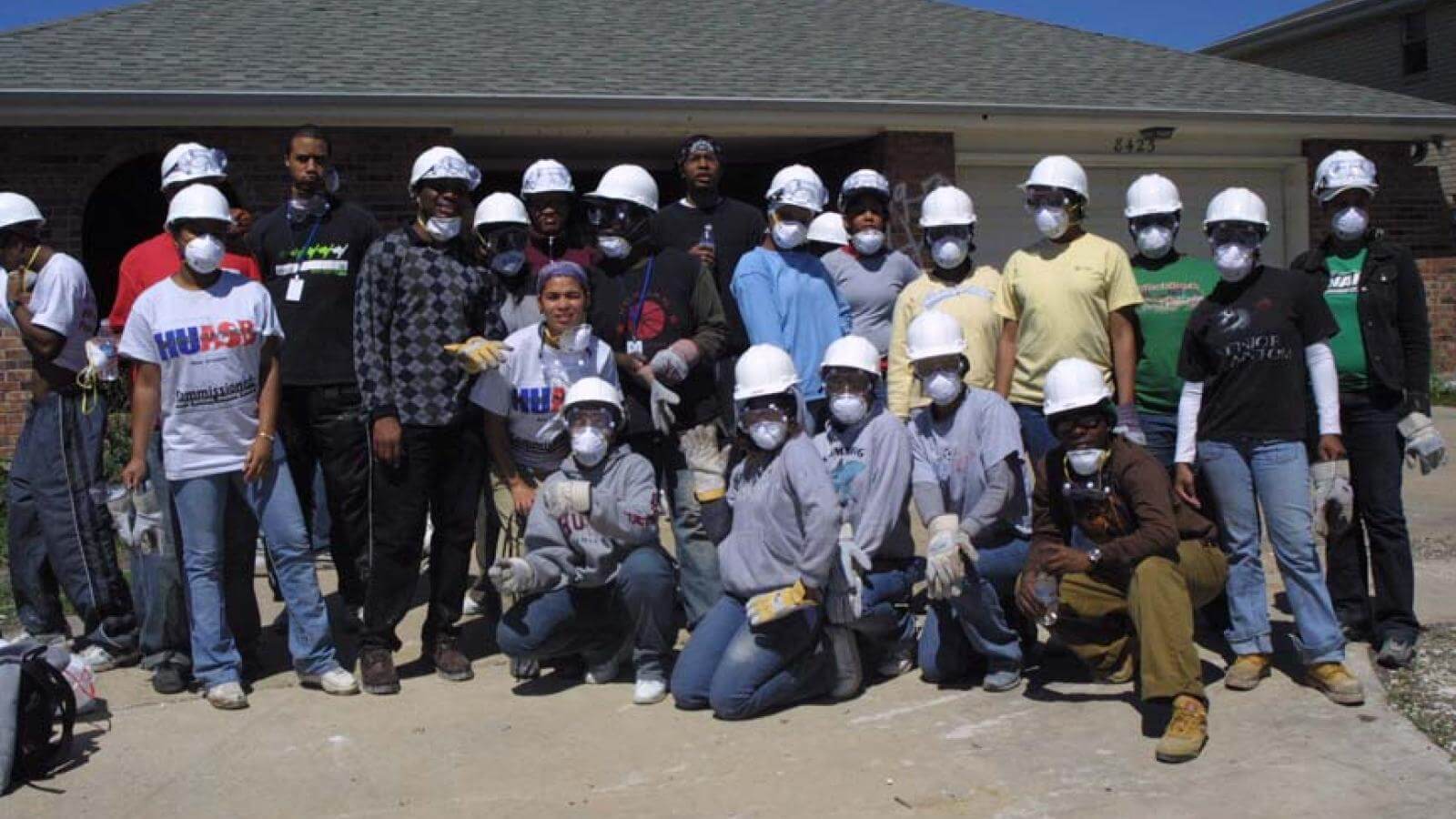
More than 250 students from Howard volunteered in New Orleans after Katrina.
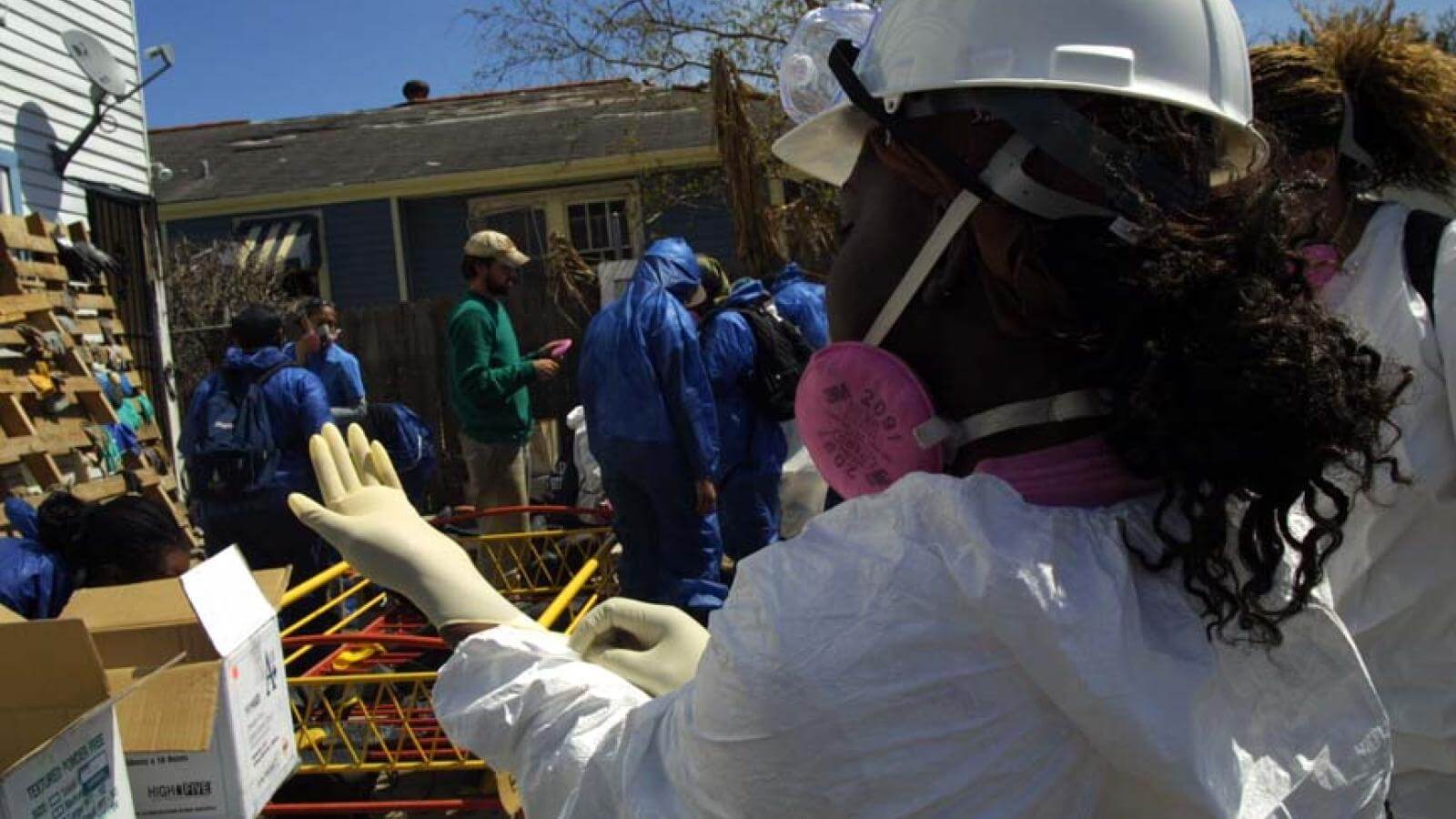
A Howard student gets ready to help do demolition work after Hurricane Katrina.
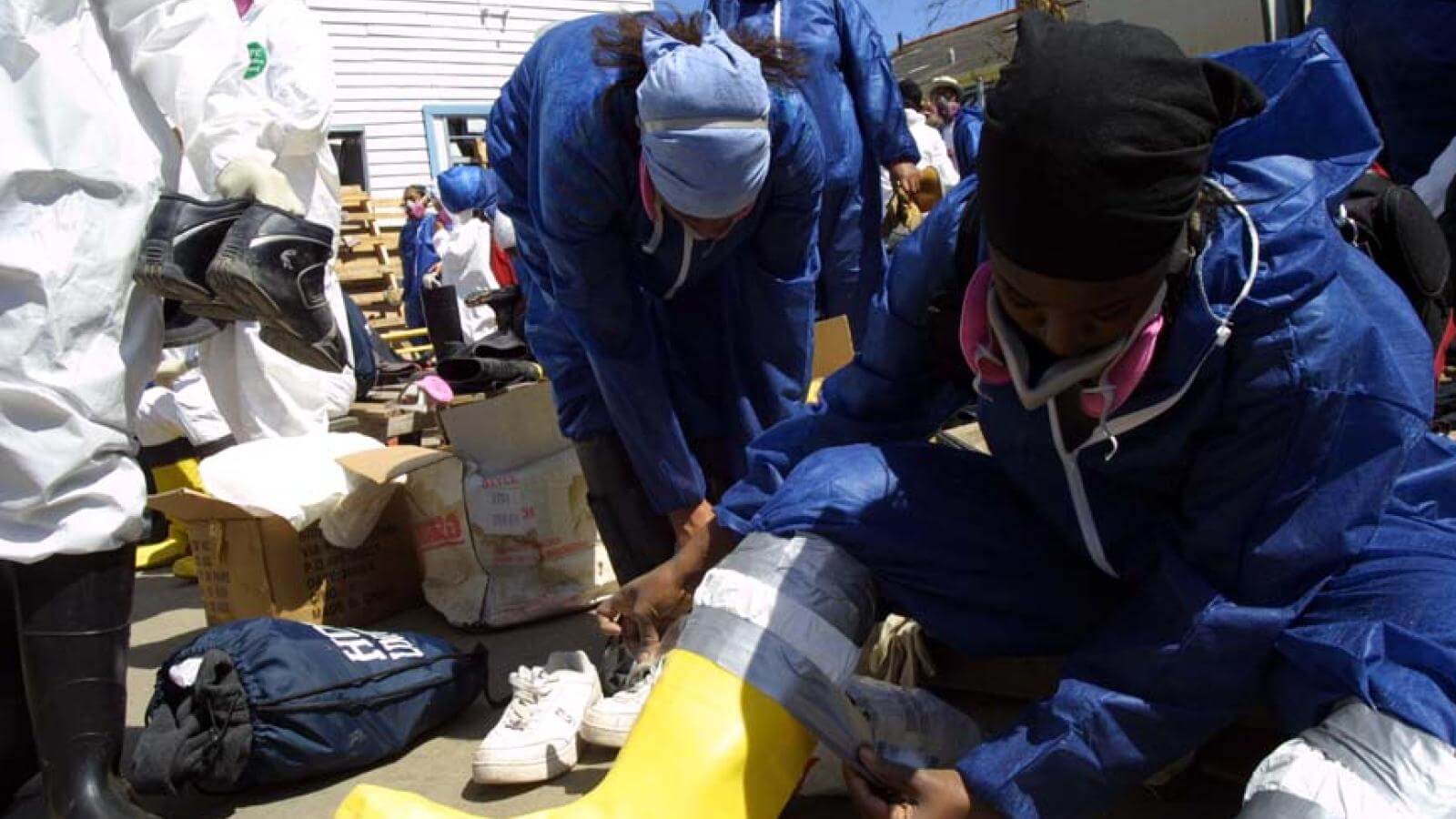
HU students had to protect themselves against dangerous mold and chemicals while gutting houses after Hurricane Katrina.
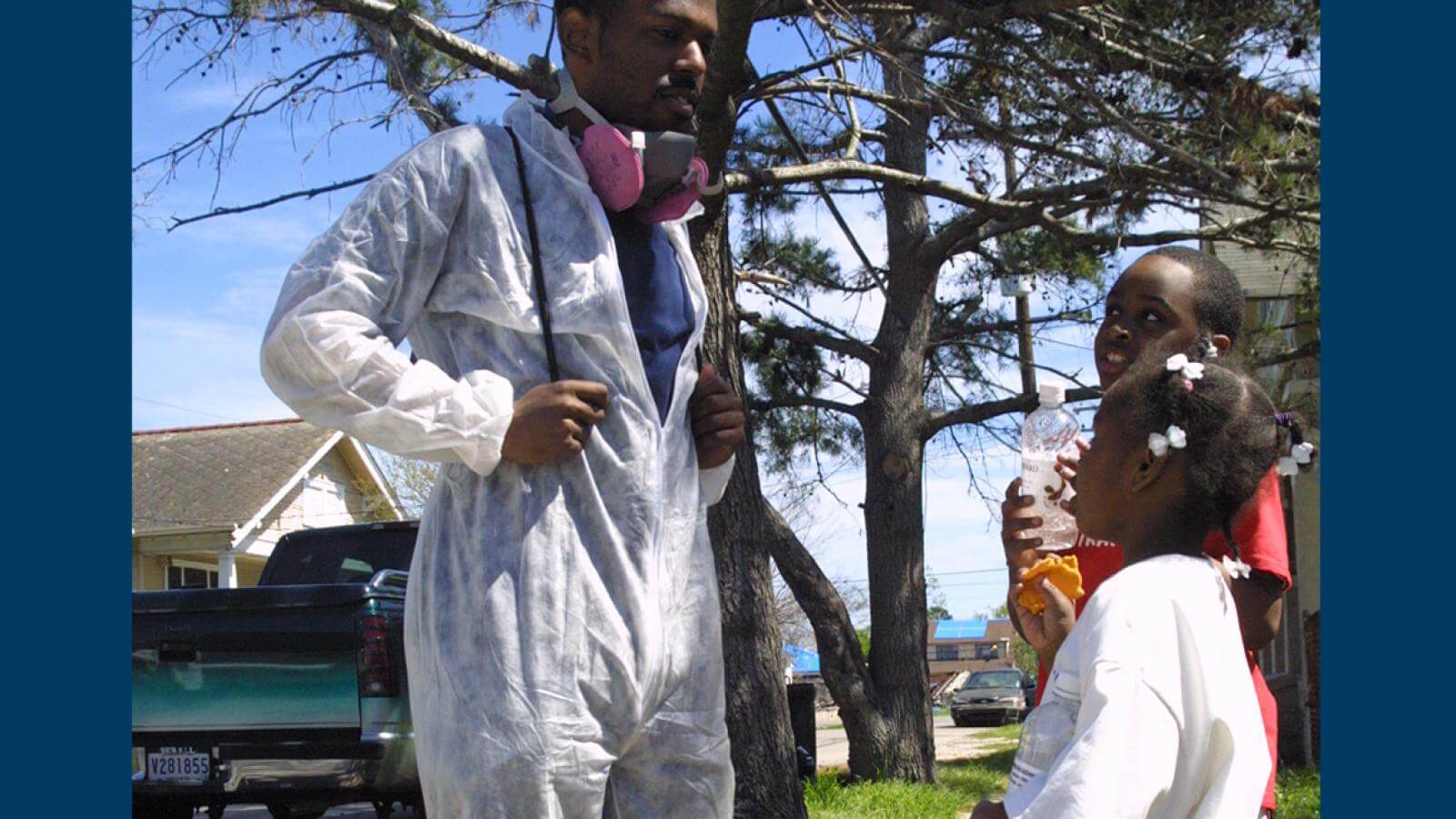
A Howard student volunteer talks with younger children in New Orleans after Katrina.
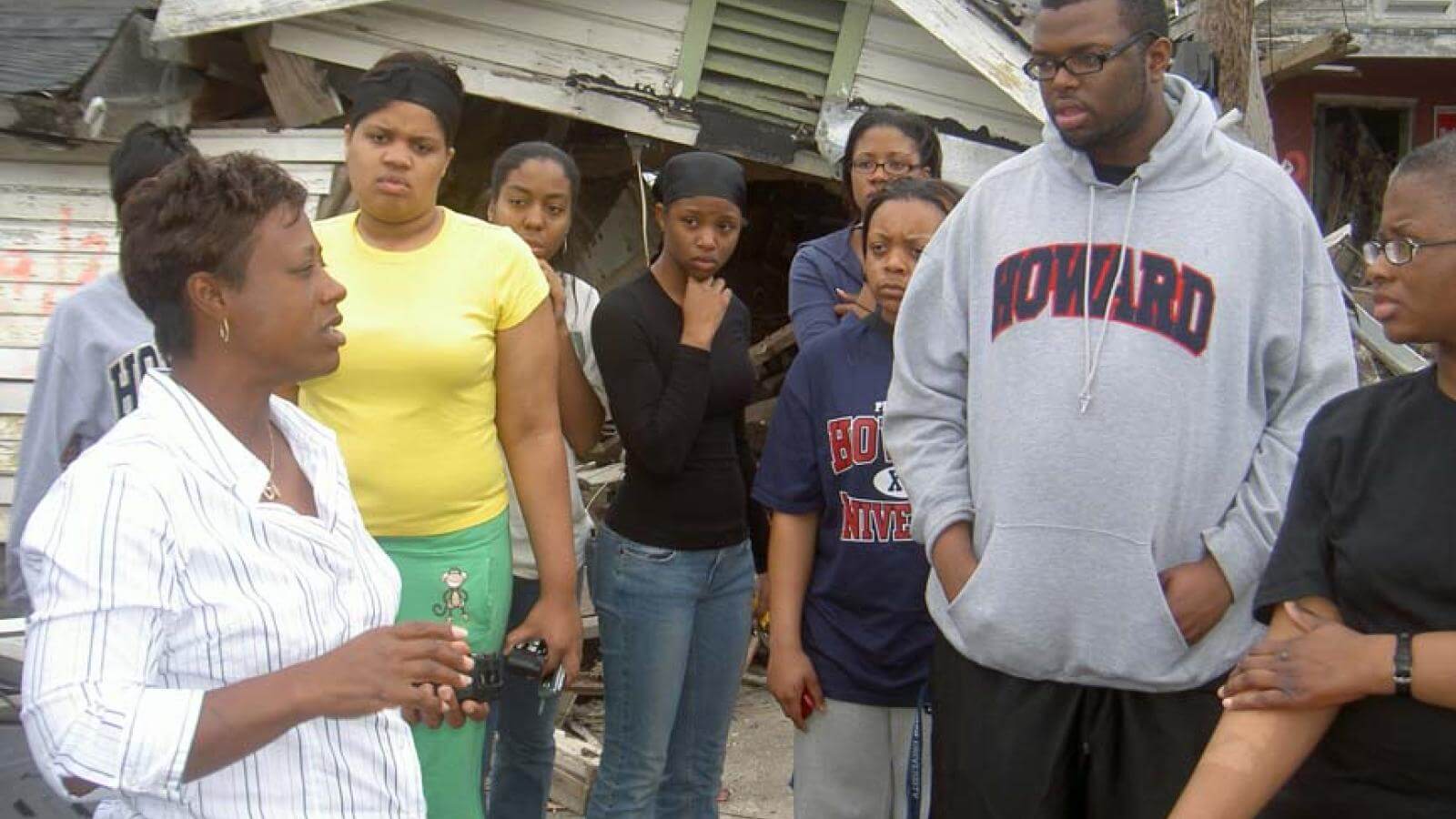
Howard students spoke with residents often while volunteering in New Orleans after Katrina.
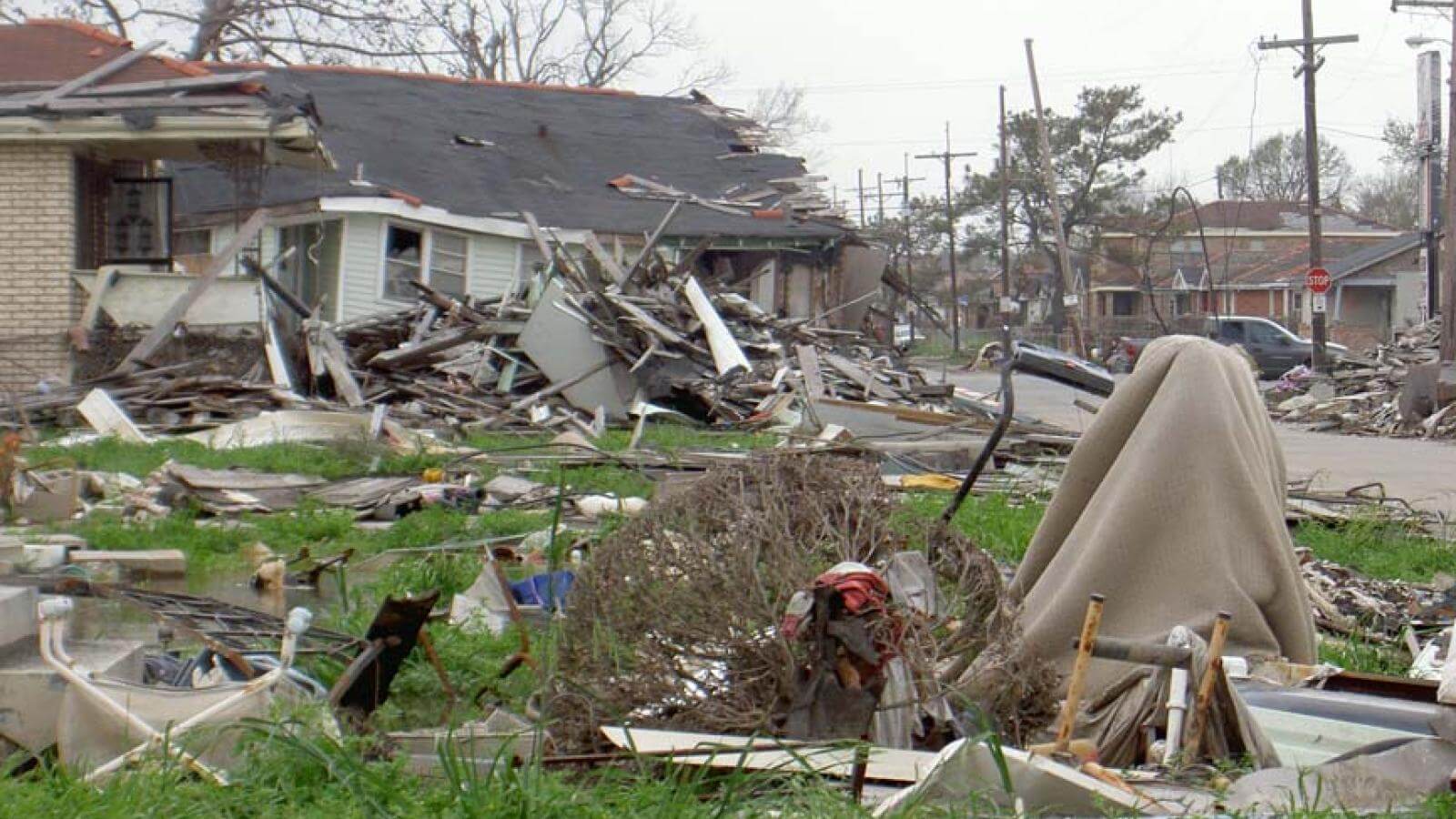
Katrina devastated houses in New Orleans.
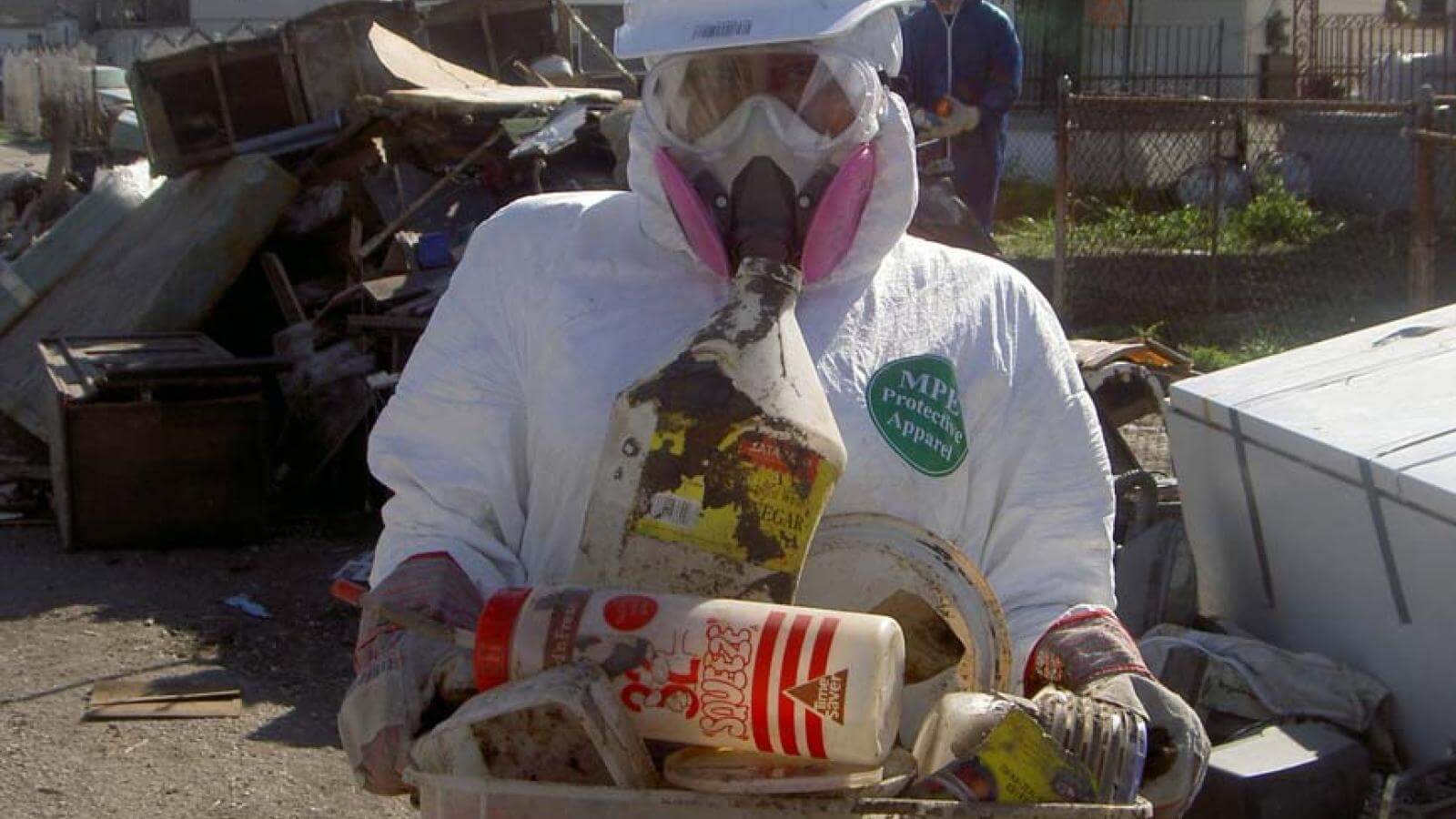
A Howard student gathers trash in New Orleans after Katrina.

A Howard student is exhausted after volunteering all day in New Orleans after Katrina.

A Howard student helps clear a house damaged in Hurricane Katrina.
The Howard students gave of themselves and learned life lessons of humility, altruism, and leadership. For Jacqueline Washington (B.A. ‘07), the trip sparked a permanent call to action. She joined Axson during the service initiative and was featured in the documentary.
“We were a little uncomfortable, but that made you that much more motivated to work,” said Washington, a native of New Orleans. “If nothing else, I can get as many people as I can to go and just help one person.”
“I learned now that it's hard to complain when you know for a fact that there's somebody out there worse off than you are, somebody out there who doesn't have a roof over their head or who doesn't have their home anymore,” said Axson. “Appreciate the little things because sometimes you get so caught up in your own life that you don't really take the time to consider how really fortunate you are.”
Dr. Donna Grant-Mills (D.D.S. ‘99), associate dean for student affairs and admissions in the Howard University College of Dentistry, had traveled to New Orleans in previous years as a faculty advisor and helped organize the trip following Katrina.
“Each year on the anniversary of Katrina, I am reminded of our students and their tremendous sacrifice,” said Grant-Mills. “The Sunday morning before the HUASB participants departed, many members of the Howard community came to Chapel, joining together to pray and mobilize. Our students put themselves at risk and never lost their purpose."
A Tradition of Truth and Service
The Katrina service trip was HUASB's first large-scale relief effort. The initiative garnered national attention with media coverage in The Washington Post and ABC News. The effort encouraged more Howard students to participate in the program annually, and program organizers made it a priority to return to New Orleans for several consecutive years following the Katrina relief trip in 2006.
Since then, HUASB participants have organized dozens of relief efforts at various sites across the country and internationally, including service initiatives in response to the 2010 Haiti earthquake; travel to Michigan to assist with the Flint water crisis in 2015; crisis relief following Hurricanes Harvey, Irma, and Maria in 2018, and more recently, providing recovery aid in Tampa and Asheville after Hurricane Helene earlier this year.
Today, Richardson remains inspired by the students who led the 2006 HUASB service trip.
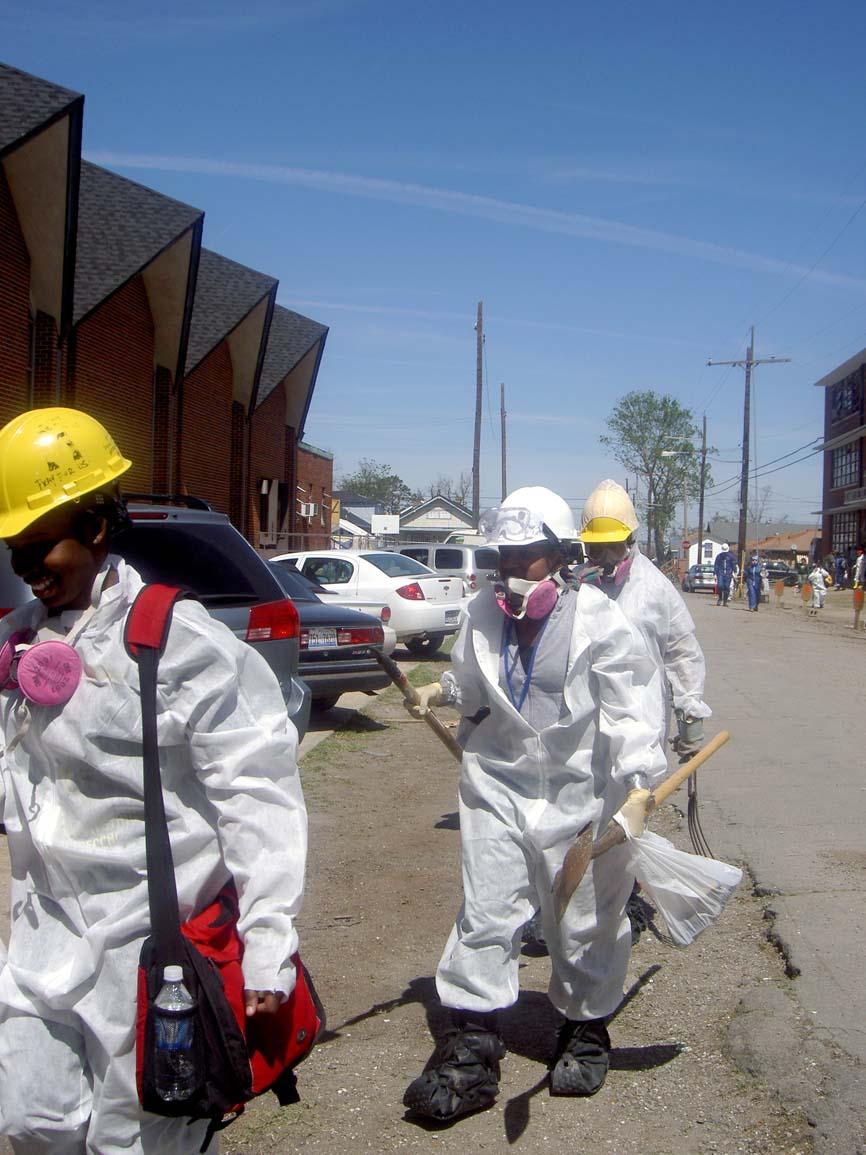
“Their boldness impacted my approach to leadership forever,” Richardson said. “Our students were more concerned about their commitment to service than anything else, they taught me and the world an invaluable lesson about servant leadership. That lesson continues to inspire the HUASB program and our student leadership framework.”
HUASB student organizers are currently planning for Alternative Spring Break 2026, which will likely include a service site in New Orleans in honor of the hurricane’s 20th anniversary.
Joseph Dillard (B.A.’13, J.D.’16), assistant dean of the chapel, is the HUASB advisor for the program and recalled his first service trip with the program in 2010 when he was a student. His volunteer group returned to New Orleans to continue their service efforts in support of residents still impacted by Hurricane Katrina.
“To revisit some of the locations that still had the X-marks that denoted how many people died and how many dead bodies they found in the houses, that gave me a reality check,” Dillard said. “I saw myself in a lot of those students and that’s why I kept coming back to HUASB during my time in undergrad and law school. I continued to help as an alum even when I wasn’t working at the university. I came back and helped for free.”
As plans are underway to usher in HUASB’s 32nd year, Dillard emphasized that “now more than ever, we need HUASB. We need students to go into communities and let people know that we hear them, we care about them, and we're here to support them.”
“That’s what makes our program different," he added. "Our students understand that we may be only there for a week, and the disparities communities face every day didn't start yesterday and they won't end in that week of service. We’re trying to chisel away at those disparities and be there to support those communities.”
Carrying the HUASB 2026 torch are a group of mission-driven students led by co-executive student directors Aubriana Hills, a history major, biology and chemistry double minor from Cleveland, Ohio, and Taylor Vander, a junior computer science major, mathematics and sociology double minor from Slidell, Louisiana, who was impacted by Katrina when she was just a baby.
“As a Louisiana native who evacuated with my family during Katrina at just five months old and several other times throughout my childhood, I grew up knowing the importance of community in times of need," said Vander. "HUASB came to New Orleans 20 years ago to serve in the aftermath of the storm, and now I am proud to carry that legacy forward as we continue serving in communities across the nation. Whether in the face of disaster or the challenges of everyday life, people need help and hope, and that’s why HUASB’s mission remains just as vital today as it was from inception.”
Like Vander, Hills emphasized the importance of this moment.
"The 20th anniversary of Katrina is felt throughout the HUASB community because it is a transformative moment for the program and the city of New Orleans," Hills said. "We stand with all of those whose lives were forever changed by such a devastating tragedy and have been empowered by the community’s resilience. We look forward to continuing the HUASB legacy of uplifting and serving alongside those doing the work to empower their communities."
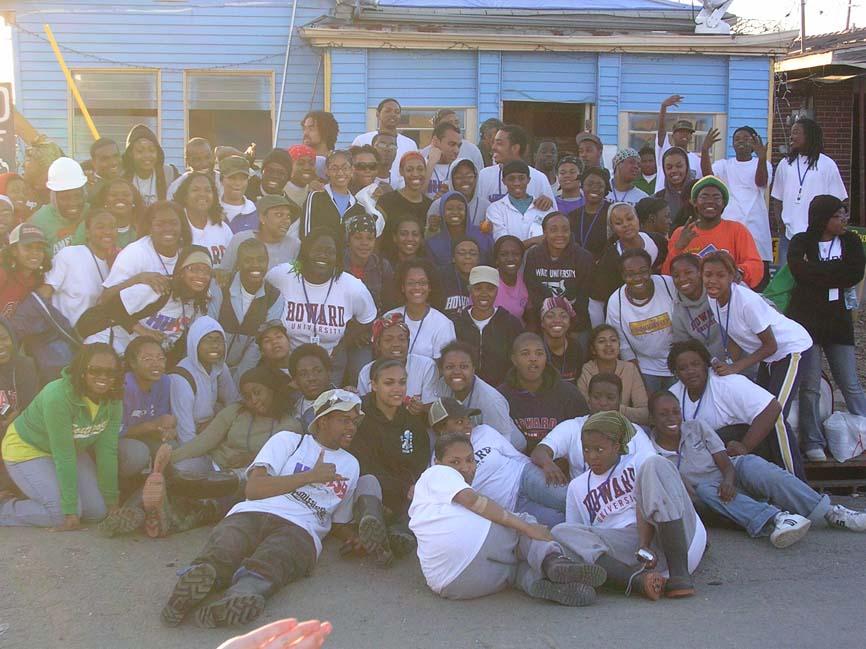
Keep Reading
-
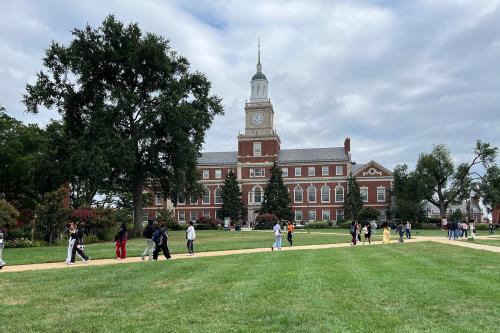
-
 Community
CommunityCatch a Glimpse of The Mecca: 9 TV Shows and Films that Reference Howard University
Dec 18, 2025 14 minutes -
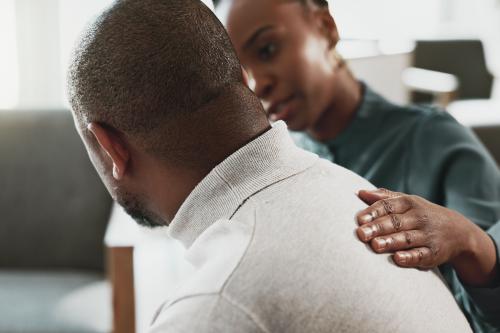
Find More Stories Like This
Are You a Member of the Media?
Our public relations team can connect you with faculty experts and answer questions about Howard University news and events.
Submit a Media Inquiry

